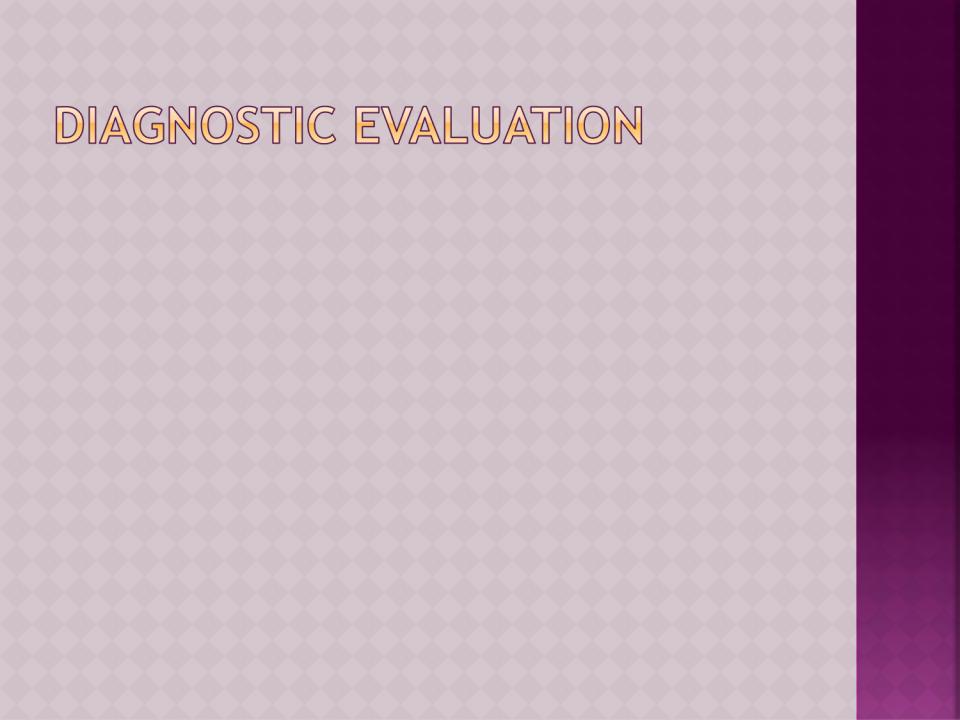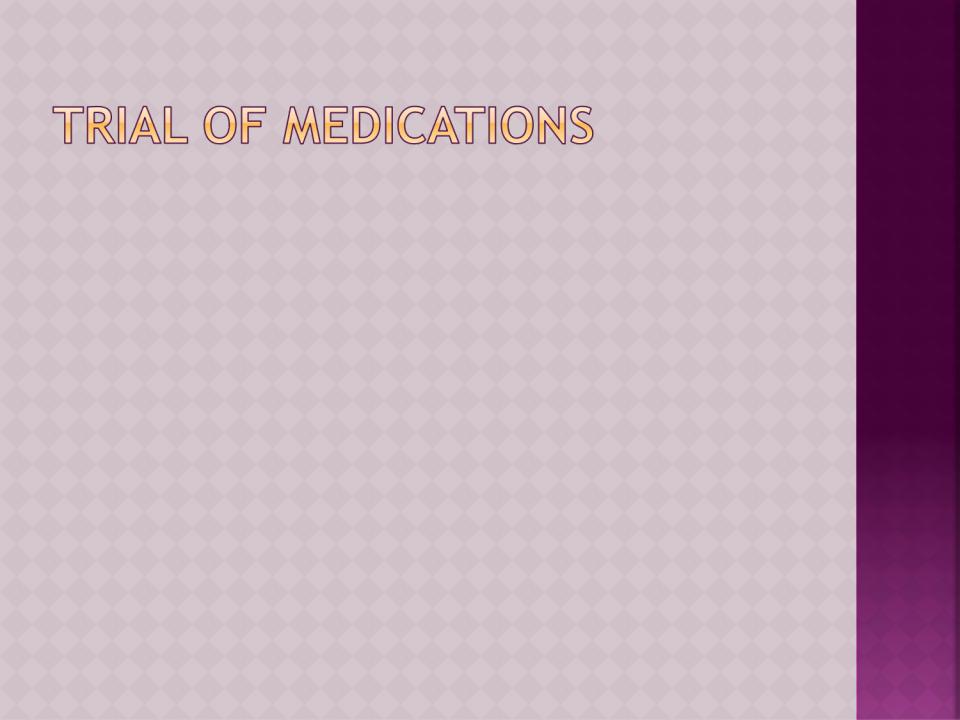
- •Ihor Vynnychenko
- •Definition of GERD
- •Physiologic
- •GERD occurs in all ages but, most common in those older than 40
- •Primary barrier to gastro esophageal reflux is the lower esophageal sphincter
- •Drugs that reduce LES tone include calcium channel antagonists (e.g., nifedipine, verapamil, diltiazem),
- •2)DISRUPTION OF ANATOMICAL BARRIERS
- •4)MUCOSAL RESISTANCE
- •Erosive esophagitis
- •Esophageal stricture
- •Barrett’s Esophagus
- •Barrett’s Esophagus
- •3 CLASSES OF SYMPTOMS
- •Atypical symptoms
- •ALARM SIGNS/SYMPTOMS
- •If classic/typical symptoms like heartburn and regurgitation exist in the absence of “alarm
- •Endoscopy (with biopsy if needed)
- •24-hour pH monitoring
- •H2RA taken
- •Goals of therapy
- •Lifestyle modifications
- •Antacids
- •Histamine H2-Receptor Antagonists
- •AGENT
- •AGENT
- •H2RAs vs PPIs
- •Antireflux surgery
- •Postsurgery
- •Endoscopic treatment
- •Definition of GERD
- •?QUESTIONS?

Erosive esophagitis
Responsible for 40-60% of GERD symptoms
Severity of symptoms often fail to match severity of erosive esophagitis

Esophageal stricture
Result of healing of erosive esophagitis
May need dilation
Common in the distal esophagus and are generally 1 to 2 cm length.

Barrett’s Esophagus
Columnar metaplasia of the esophagus,i.e replacement of the squamous epithelial lining of the esophagus by specialized columnar- type epithelium
Associated with the development of adenocarcinoma
Have a greater chance (30%) of developing esophageal stricture

Barrett’s Esophagus
Acid damages lining of esophagus and causes chronic esophagitis
Damaged area heals in a metaplastic process and abnormal columnar cells replace squamous cells
This specialized intestinal metaplasia can progress to dysplasia and adenocarcinoma

3 CLASSES OF SYMPTOMS
TYPICAL SYMPTOMS
May be aggravated by activities that worsen gastroesophageal reflux such as recumbent position, bending over, or eating a meal high in fat.
Heartburn—retrosternal burning discomfortRegurgitation—effortless return of gastric contents into the pharynx without nausea,
retching, or abdominal contractionsWater brash (hyper salivation)
Belching

Atypical symptoms
In some cases, these extra esophageal symptoms may be the only symptoms present, making it more difficult to recognize GERD as the cause, especially when endoscopic studies are normal.
Nonallergic asthma
Hoarseness
Pharyngitis
Chest pain
Dental erosions

ALARM SIGNS/SYMPTOMS
These symptoms may be indicative of complications of GERD such as Barrett’s esophagus, esophageal strictures, or esophageal cancer
Dysphagia
Early satiety
GI bleeding
Odynophagia
Vomiting
Unexplained Weight loss
Iron deficiency anemia
Choking
Continual pain

If classic/typical symptoms like heartburn and regurgitation exist in the absence of “alarm symptoms” the diagnosis of GERD can be made clinically and treatment can be initiated

H2RA or PPI
Expect response in 2-4 weeks
If no response
Change from H2RA to PPI
Maximize dose of PPI
If PPI response inadequate despite maximal dosage
Confirm diagnosis
EGD(Esophagogastrodudenoscopy)
24 hour pH monitor

Endoscopy (with biopsy if needed)
In patients with alarm signs/symptoms
Those who fail a medication trial
Those who require long-term treatment
Important in distinguishing between esophagitis and Barret’s metaplasia
Absence of endoscopic features does not exclude a GERD diagnosis
Confirmation can be achieved by provocative tests such as an acid perfusion test(Bernstein test), standard acid reflux test etc.
